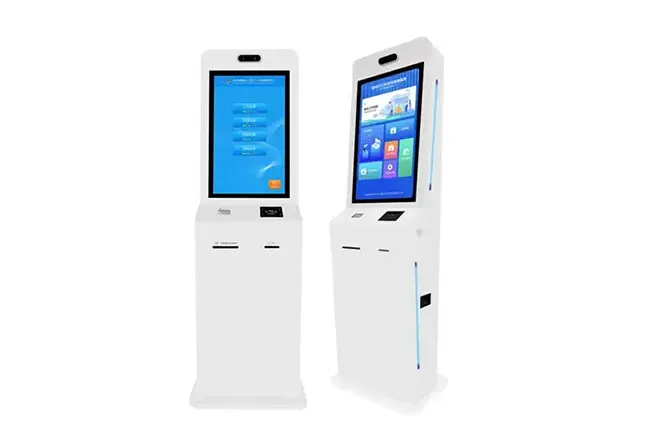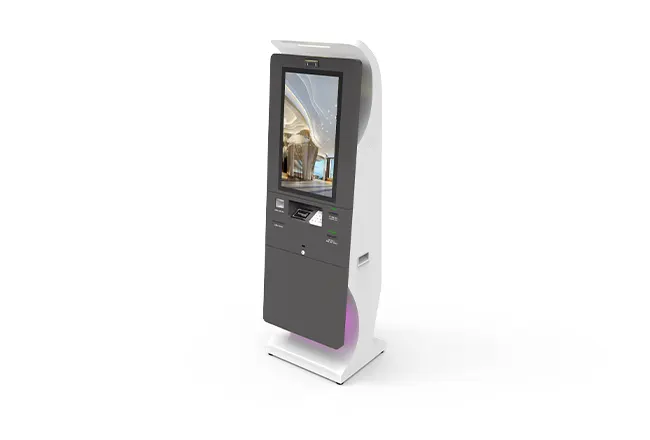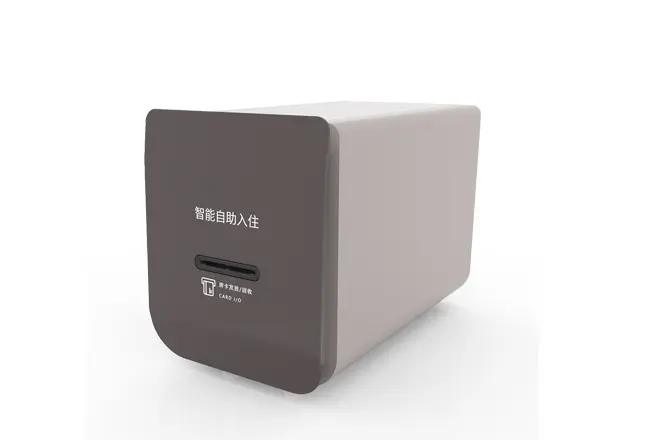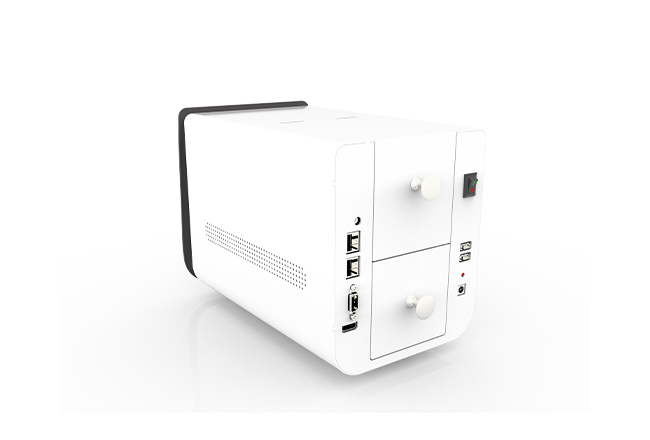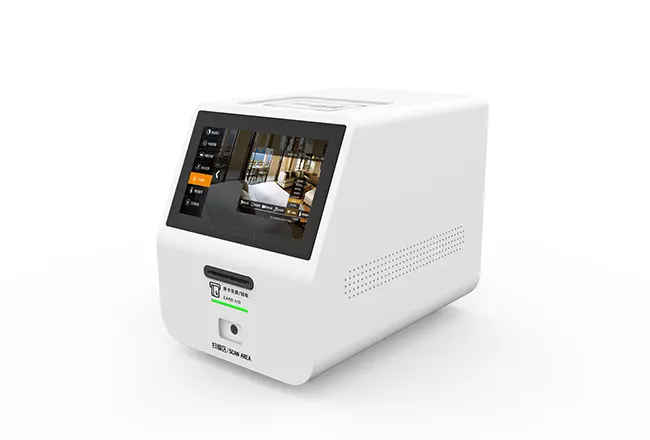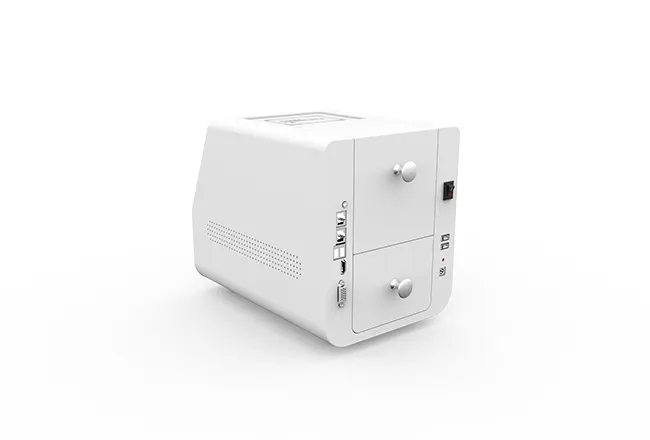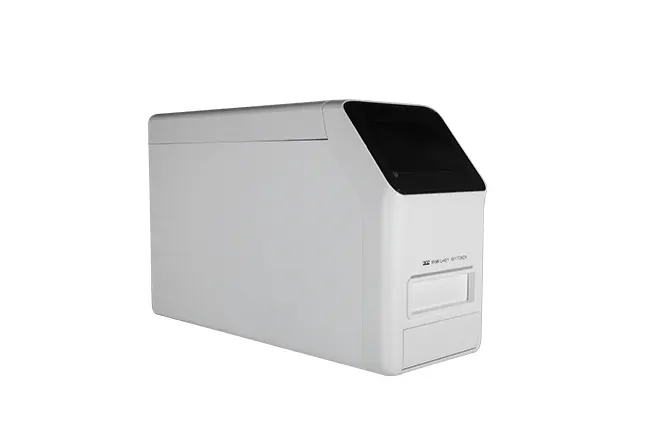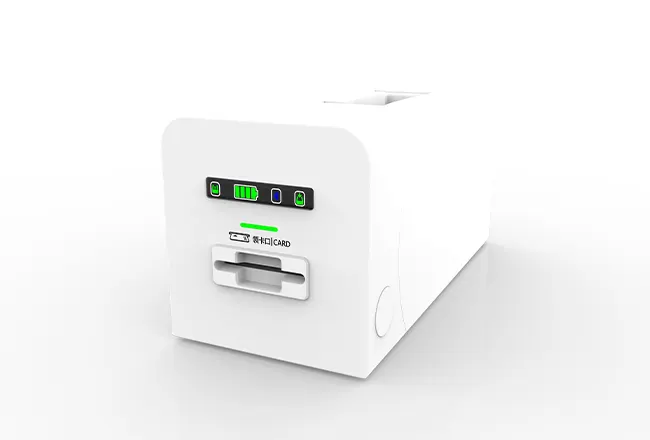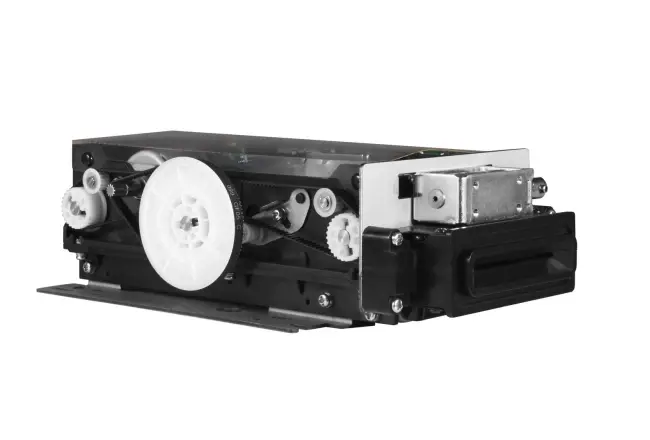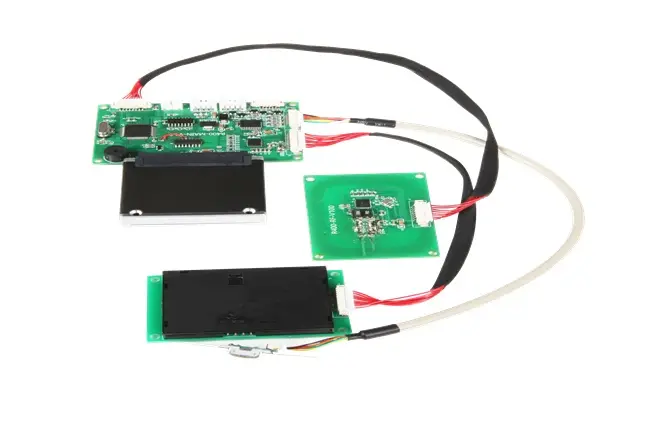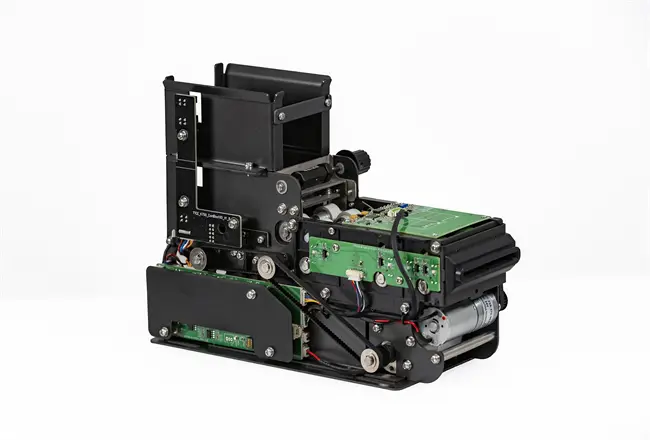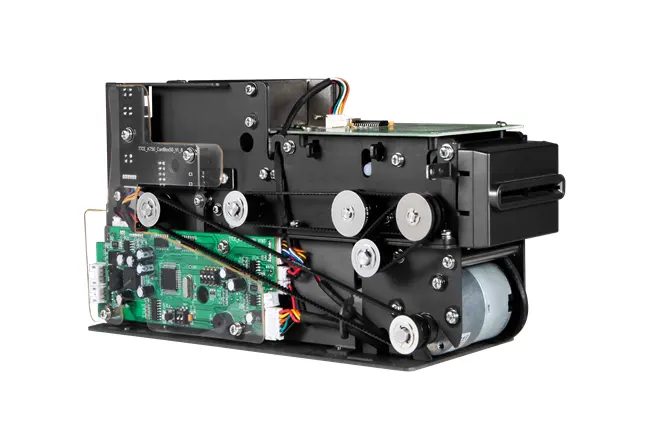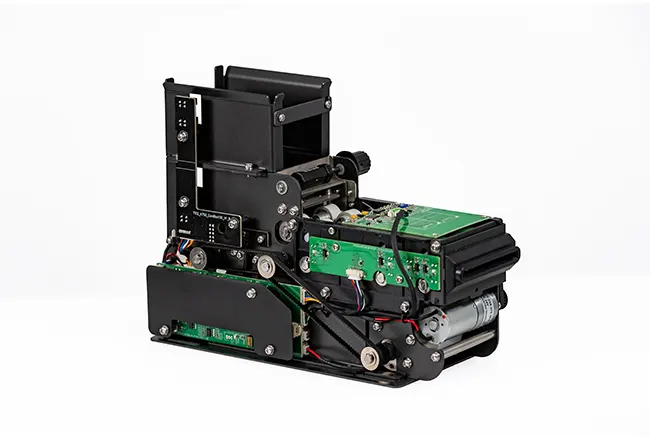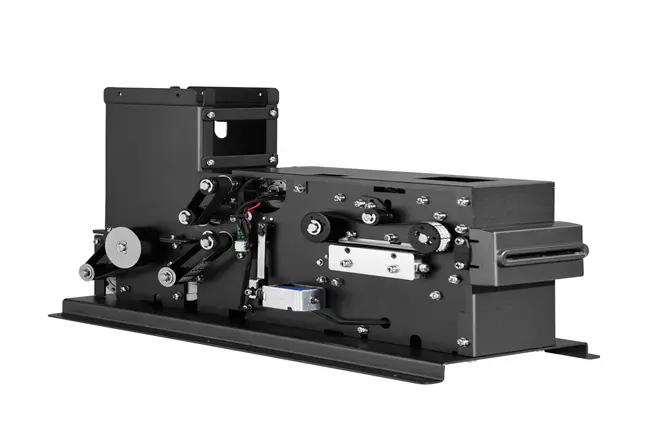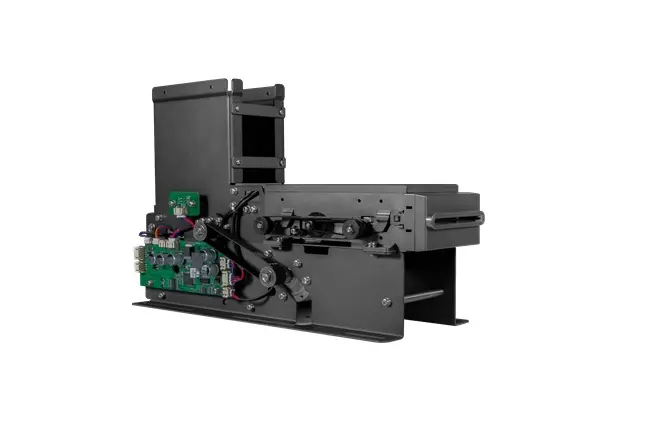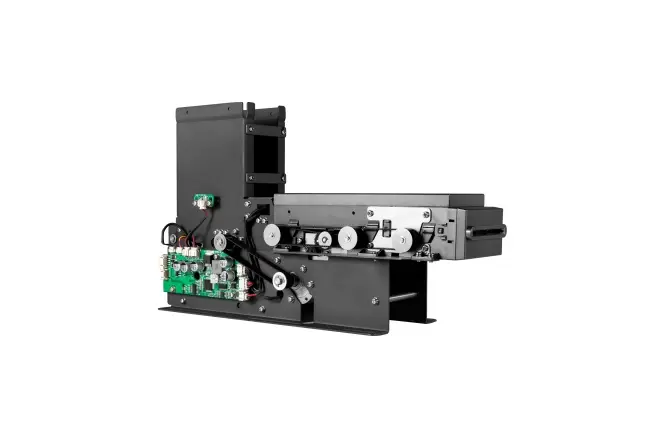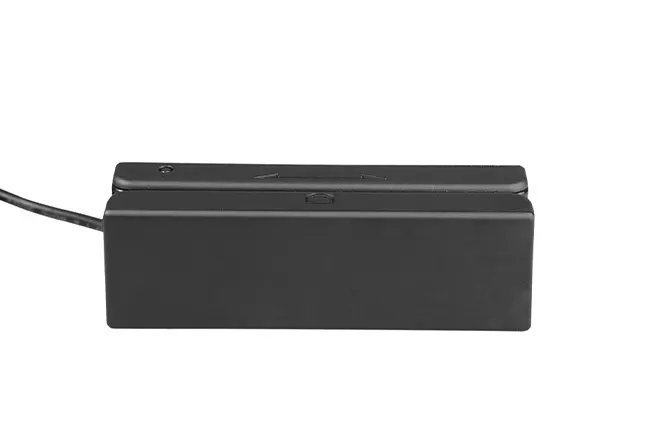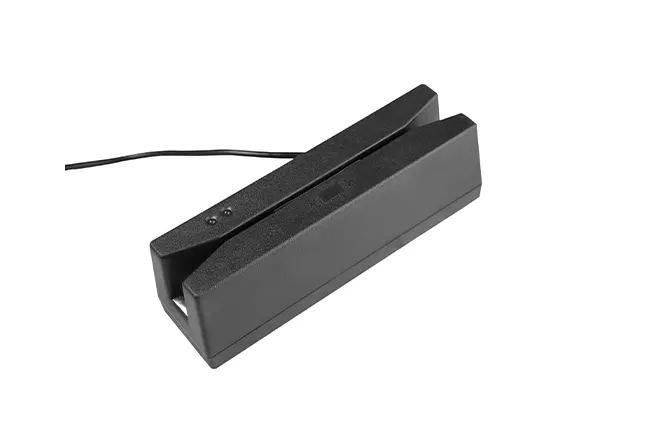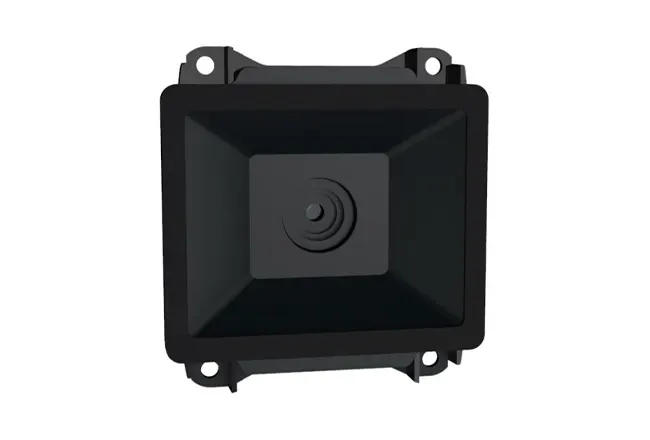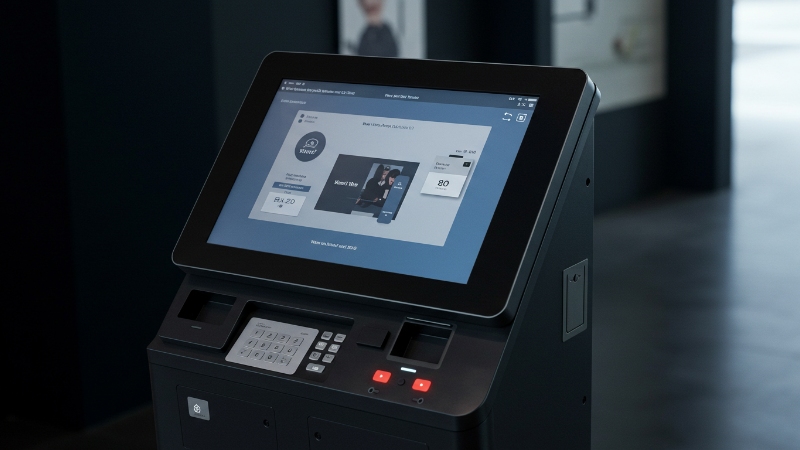Blog Related
Magnetic Stripe Card Reader vs Chip: Hidden Costs Explained
2025-09-23Magnetic Stripe Card Reader technology still runs countless checkout lanes worldwide, yet many teams compare only sticker prices when weighing swipe against chip. At TTCE, we spend our days on factory floors and at live counters, so we see the full cost picture. Total cost includes reliability, integration effort, training time, and the damage caused by downtime. Our goal in this article is simple: reveal the hidden costs behind each path and share how TTCE designs to reduce them.
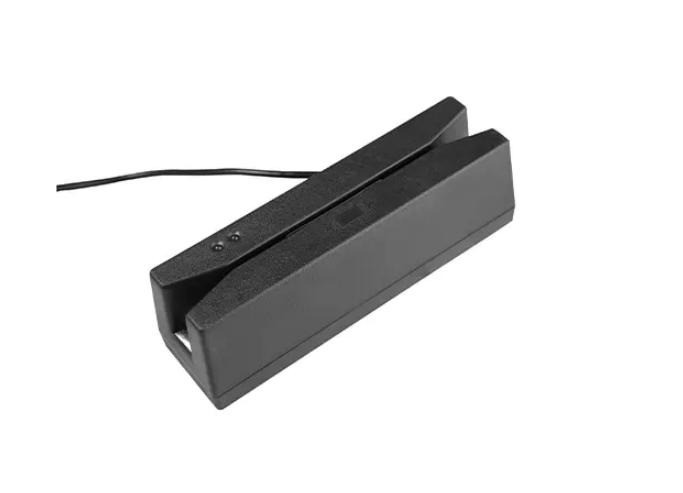
Total Cost Is More Than Hardware
Most buying decisions start with unit price. That makes sense, but it rarely tells the truth about total cost of ownership. A Magnetic Stripe Card Reader is straightforward to deploy. Staff already understand the motion, swipes are quick, and checkout rhythms stay familiar. Chip flows bring stronger authentication, yet they often extend the interaction with extra steps. Multiply a few seconds by thousands of transactions and the queue picture changes. In high-turnover environments, that friction lands on customer satisfaction scores and labor schedules.
From our vantage point as a manufacturer, infrastructure is the second cost driver. Chip terminals typically require more frequent firmware updates and sometimes certification cycles across the fleet. They may also force changes to your middleware or POS drivers. By contrast, a Magnetic Stripe Card Reader that outputs decoded data can drop into existing systems without rework. When budgets are tight or timelines are short, that predictability matters more than a small difference in device price.

• What Chip Changes Demand
Chip adoption can be the right choice for many programs. Still, it is wise to plan for what it demands: system updates, revised cashier scripts, cable swaps, and test windows across every site. Those are not headline costs, but they show up on project plans and overtime sheets. If your POS stack is mature and stable, even a small compatibility gap can force new adapters, longer runs, or layout changes at the counter.
• Where Swipe Keeps Costs Predictable
A Magnetic Stripe Card Reader remains compelling when speed, simplicity, and legacy stability rank high. It is especially strong in controlled environments, loyalty and membership programs, campus systems, and kiosks. Teams like the short learning curve, the fast swipe, and the ability to keep the software picture the same. That stability lowers the risk of rollout delays and reduces the number of support tickets in the first months after go-live.
Hidden Costs You Don't See in the Budget
Budgets list hardware and installation. What they miss are the frictions that appear the moment real customers line up. During TTCE site audits, we see the same patterns again and again:
• Lane slowdowns from misreads. Each failed swipe or awkward insert adds seconds and stress. A reliable Magnetic Stripe Card Reader with consistent decoding reduces retries and keeps the line moving.
• Integration surprises. New chip flows can require middleware updates, driver installs, or certification steps. A reader that delivers decoded data as keystrokes or via RS232 often fits without code changes.
• Cabling and mounting churn. Swapping devices might mean new brackets, different cable lengths, or unfamiliar connectors. Small parts cause big delays when you manage many lanes.
• Training overhead. Even small workflow changes mean retraining cashiers and seasonal staff. More steps = more stumbles during rush hours.
• Peripheral compatibility gaps. Not every POS handles every interface the same way. Keyboard-wedge and RS232 options can prevent last-minute adapter purchases.
• Lifecycle maintenance. Total cost favors devices that last. Magnetic head durability is not a nice-to-have; it directly affects service visits and spare stock.
• Throughput penalties. Longer insert-and-wait interactions are acceptable in low-volume settings. In busy stores, those seconds expand queues and push staff to rush.
These costs are not dramatic on their own, but together they shape profitability and customer experience. Planning for them early protects your rollout from a death by a thousand cuts.
How TTCE Minimizes TCO Without Complicating Your Stack
At TTCE, we design for real counters, not lab benches. Our compact, three-track magnetic stripe reader module is built for fast, smooth swipes and dependable decoding. Fewer retries mean shorter lines and calmer staff. The device is read-only, which is ideal for loyalty, gift, ID, and payment-adjacent programs that do not need to write to the card. That simplicity keeps the workflow tight and predictable.
- Built for Standards and Space-Constrained Installations
We build to the ISO 7811/7812 standard, so you can expect format compatibility from day one. If you manage kiosks, small enclosures, or tight counters, the compact structure helps you reclaim space without compromising performance. We also know that cables derail projects more often than anyone admits. That is why the interface cable can be customized to your preferred length and routing. Clean cable management is not just aesthetic; it reduces strain on connectors and makes future service faster.
- Integration Made Straightforward
Integration is where many projects slip. Our Magnetic Stripe Card Reader supports Keyboard and RS232 interfaces, and the output data is decoded. In many POS environments, that means true plug-and-play: connect the cable, confirm the config, and start swiping. You avoid extra parsing logic, minimize driver dependencies, and keep testing cycles short. Every hour your engineers do not spend chasing edge cases is an hour returned to your roadmap.
To strengthen SEO coverage while staying relevant, note that our module aligns with the long-tail query "ISO 7811/7812 compliant card reader.” Buyers searching for standards-based readers are often near a decision. Meeting that intent with clear specs shortens the path from interest to purchase.
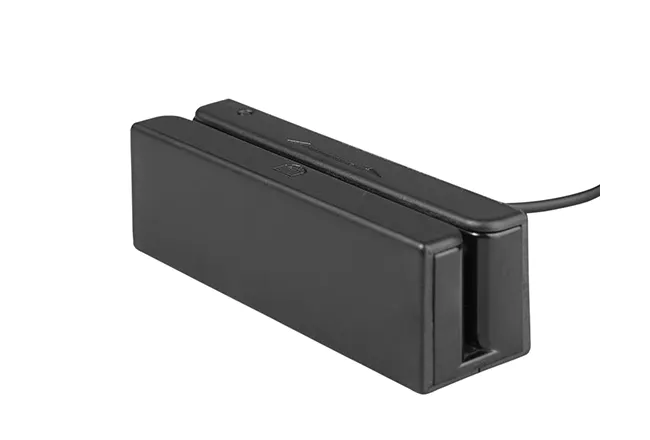
- Engineered for Service Life
The magnetic head is rated for 800,000 cycles. That endurance stretches the maintenance window and trims the number of site visits. It also helps you carry fewer spares. Over time, these savings usually outweigh small differences in device price. When you evaluate TCO, ask how long the reader will run before performance degrades, how easy it is to replace in the field, and whether the data stream stays consistent as it ages. We design to keep those answers simple and positive.
- Choosing the Right Path, Not the Trend
Chip technology has clear security strengths, and in some programs it is absolutely the right move. Many buyers, however, operate in environments where speed, simplicity, and compatibility deliver more value day to day. If your POS stack favors decoded data, if you must maintain legacy integrations, or if your lanes spike during peak hours, a Magnetic Stripe Card Reader can be the smarter, lower-risk choice. Some customers even choose a staged hybrid: keep swipe where it excels and introduce chip selectively. The point is not to follow a trend; it is to align technology with the real constraints of your sites.
Call to Action - Talk with TTCE
If you want numbers rather than guesses, let us map your actual costs. Speak with a TTCE engineer today. We will review your POS architecture, cable runs, enclosure limits, and training plan, then recommend the simplest path - swipe, chip, or a measured hybrid. Request a sample, ask for a quick integration review, or book a short demo. When the goal is predictable cost and a smooth checkout, TTCE helps you get there without surprises.

